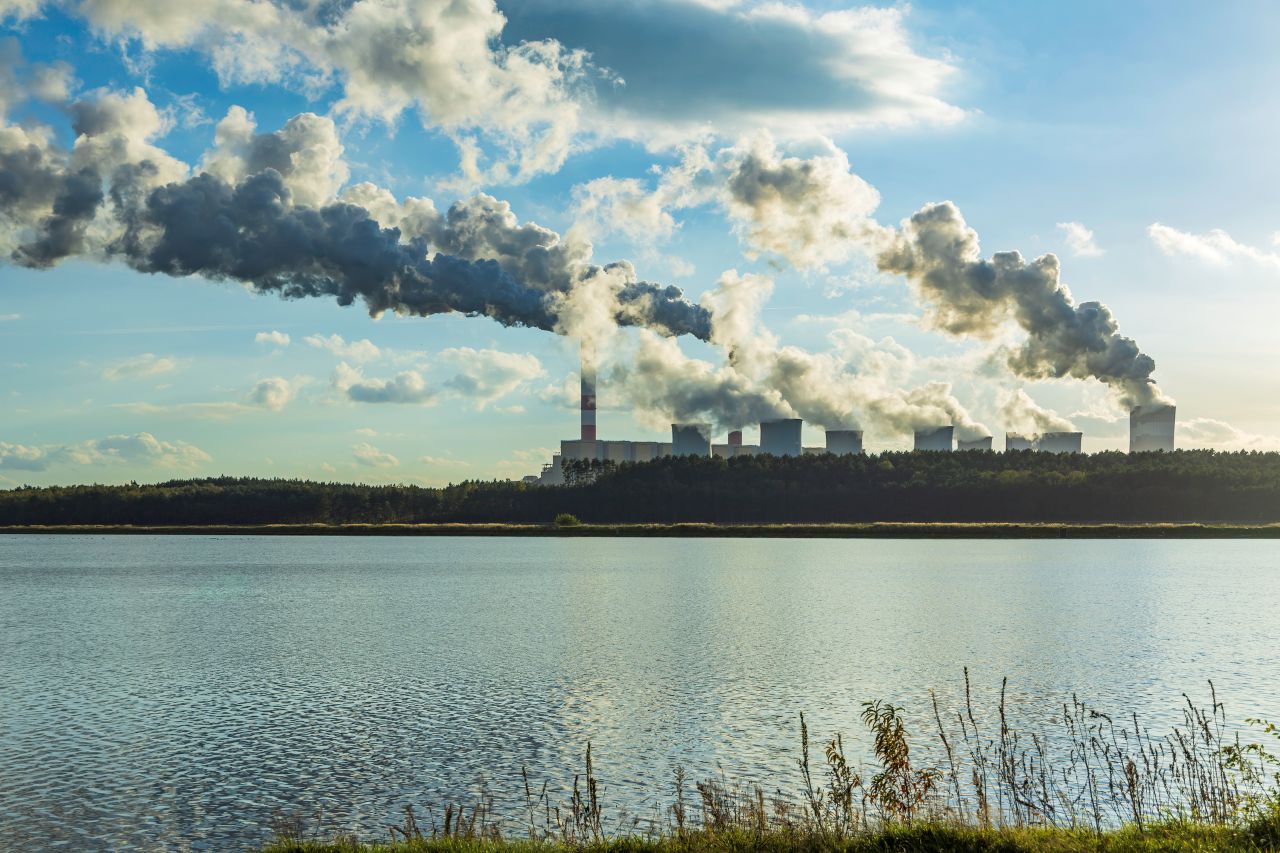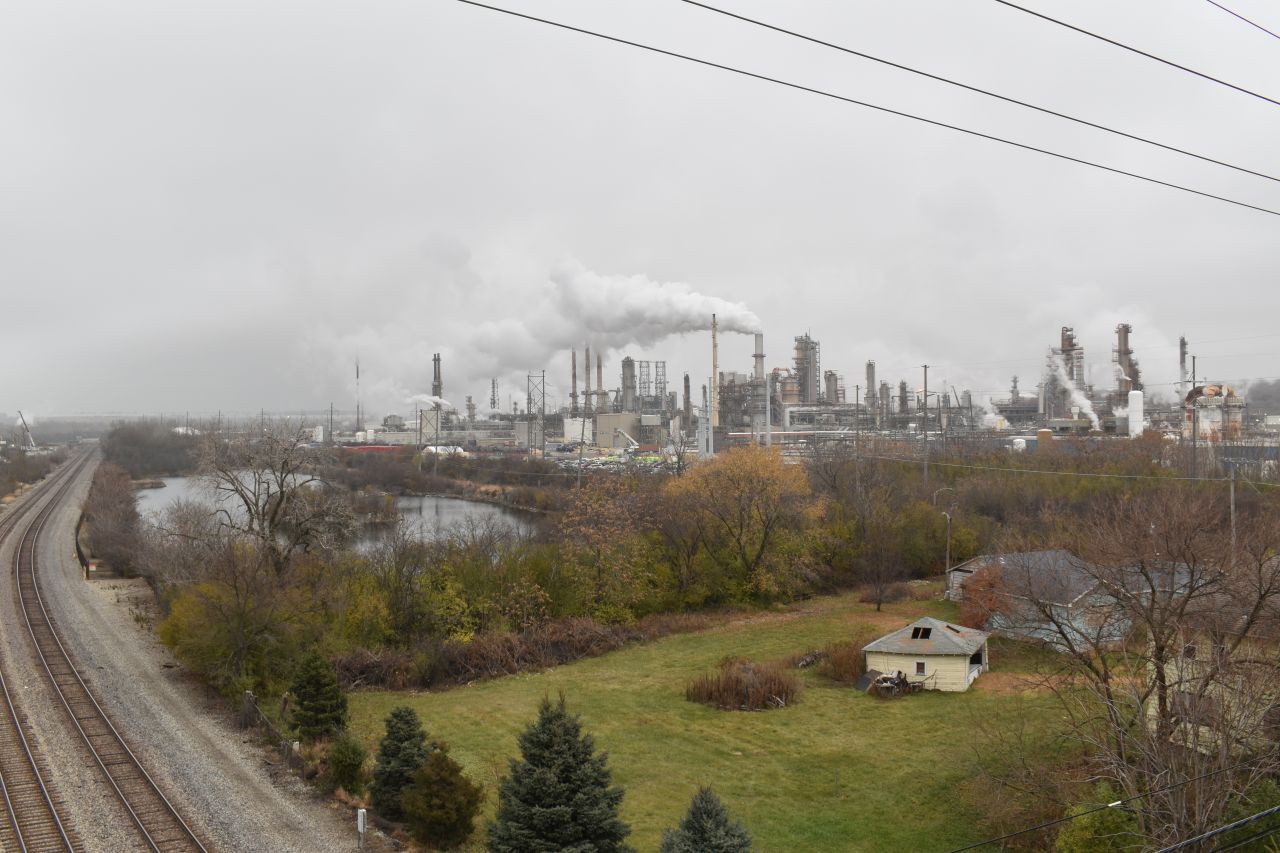New research revealing high levels of mercury in Texas bay raises alarms about dredging for oil tankers

Port Lavaca, Texas -- A scientist’s research showing high levels of mercury in seafood and sediment in a Texas bay is raising concerns that a proposed dredging project to benefit an expanding oil terminal would release more mercury into the bay.
The proposed expansion of the Seahawk Oil Terminal in Point Comfort is part of an oil export boom along the Gulf Coast that has unfolded since Congress in 2015 reversed a ban on U.S. crude oil exports. The Port Lavaca project is one of 15 oil terminal projects across the country – including nine new export terminals planned, five expansions, and one under construction, according to public records compiled in the Oil & Gas Watch database.
Jessica Dutton, a marine toxicologist and associate professor of biology at Texas State University, described her research findings about mercury in Lavaca Bay during an August 22 community meeting at the Bauer Community Center in Port Lavaca.
She told the audience that her research found high levels of the neurotoxin not only in sediment at the bottom of Lavaca Bay, located about two hours southwest of Houston, but also in nearly half of some fish species caught in part of the estuary.
Lavaca Bay is contaminated by decades of mercury pollution by Alcoa, which owns a former aluminum refinery on the bay’s northeastern side. According to the EPA, Alcoa released more than 1.2 million pounds of mercury into the bay during the 1960s and 1970s. In response, EPA mandated cleanup work in the bay under the agency’s Superfund program in the 2000s, but even after the cleanup efforts, the heavy metal remains in the sediment.
Because of the mercury, state health authorities have closed part of the bay to fishing and posted signs warning people of the toxin. But local anglers continue to fish from the bay.
Dutton’s study comes in the context of a massive proposed U.S. Army Corps of Engineers dredging project to widen, lengthen, and deepen a shipping channel that cuts through the bay to allow larger and more heavily loaded oil tankers to access an expanded oil terminal. The channel leads to the Port of Calhoun County near Point Comfort, where oil company Max Midstream is planning the expansion of its Seahawk oil export terminal.

“The dredging is going to remove a few million cubic yards of sediment from the closed area,” Dutton told the audience at the community meeting. “Studies are going to be needed to determine the risk of the remobilization of this mercury into the water column, and ultimately the food web, from the resuspension of contaminated material during the dredging process.”
The Port and Army Corps of Engineers plan to dredge the channel about 10 feet deeper, 300 feet wider at the entrance, 150 feet wider along the main channel, and 2.5 miles farther out into the Gulf of Mexico.
Mauricio Blanco, a fisherman who has worked in Lavaca Bay for more than 38 years, spoke at the community meeting about how the dredging would create more oil tanker traffic in the bay and harm the fishing grounds. He showed videos of his net and other expensive equipment getting snagged on a pipe used in dredging.
Locals, including San Antonio Bay Estuarine Waterkeeper Diane Wilson, say they still see people catching fish in the closed area and taking them home, apparently to eat them – which could pose a health threat because of the mercury.
“I think it should be taken very seriously, and, quite frankly, up to this point, I don’t think it has been,” Wilson said of the mercury contamination. “I think there’s been a real push to bury the mercury problem.”

Dutton’s research found that 48 percent of red and black drum and 42 percent of hardhead catfish caught in the closed area of the bay have mercury levels that exceed state health standards. (The state health standard is 0.7 parts per million mercury in fish.) Even low amounts of mercury in fish can accumulate in humans and cause health problems if people eat them too often.
Health experts recommend limiting consumption of fish species that have high mercury levels, including predator fish like red drum and tuna. Compared with Food and Drug Administration data on mercury in commercial seafood, the average concentration of mercury Dutton’s team found in red drum in the closed area is 5.8 times higher than the average concentration in a can of supermarket light tuna. The average concentration of black drum was 3.8 times higher, and the average concentration of hardhead catfish was 3.5 times higher. (The average mercury levels found in cans of supermarket light tuna are 0.126 parts per million mercury.)
Dutton’s work is the most comprehensive research to date of mercury levels in Lavaca Bay. Previous sampling efforts by the Army Corps of Engineers, EPA, and Alcoa had shown some indications of elevated mercury, but none of them went into the level of detail that Dutton’s team used to prove that mercury levels remain high.
One key difference: Dutton’s team sampled many different species of fish and shellfish, while previous studies had only sampled two. Over months, Dutton’s researchers caught fish and blue crab out of the bay and ran them through a mercury analyzer at Dutton’s lab.
Dutton's study also involved sampling sediment from the bottom of the bay, an area that will be stirred up if the Army Corps’ dredging project goes ahead. Her team extracted cores with layers of sediment and left those layers in place, like a layer cake, then analyzed each layer. They found mercury levels varied widely in the different layers, with some spiking to well over the level of 0.5 milligrams per kilogram at which the Corps has said the dredging project will not proceed without further cleanup. In one area, they found mercury as high as 4.89 milligrams per kilogram, nearly 10 times the cleanup threshold.
The Corps has not yet shared the results of its own recent round of mercury sampling, which was conducted in May 2023. The Environmental Integrity Project requested the data using the Freedom of Information Act, but the Corps’ did not provide the records, claiming the data are part of a “deliberative process.”
Lead photo: Mauricio Blanco and Marcus Cortes catching shrimp in Matagorda Bay in June 2023.
Correction: This article has been updated to clarify the location of red and black drum and hardhead catfish with high levels of mercury.















